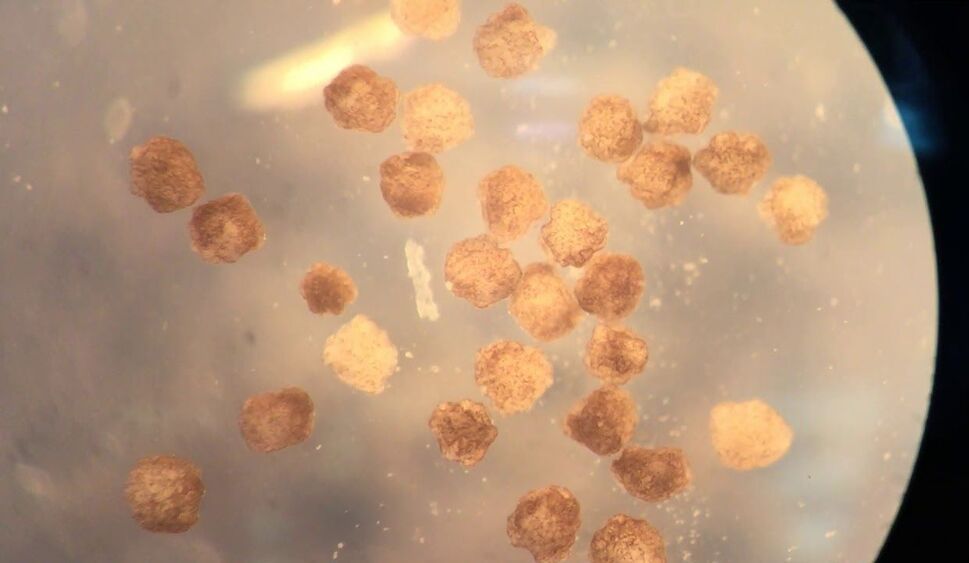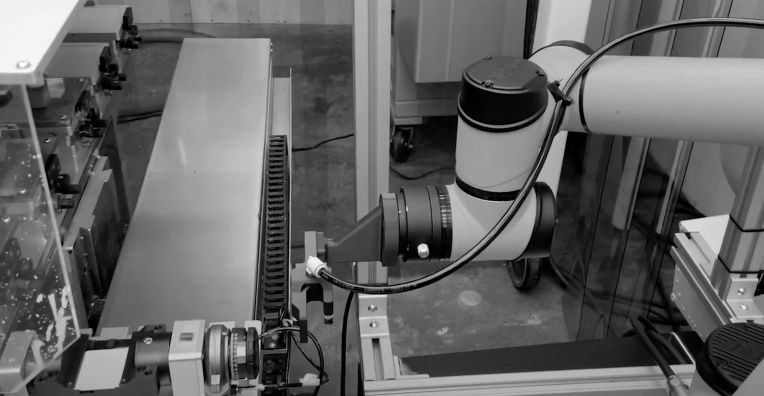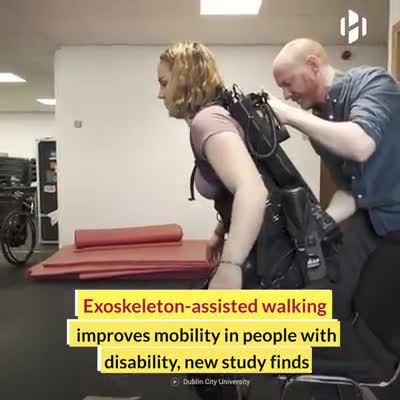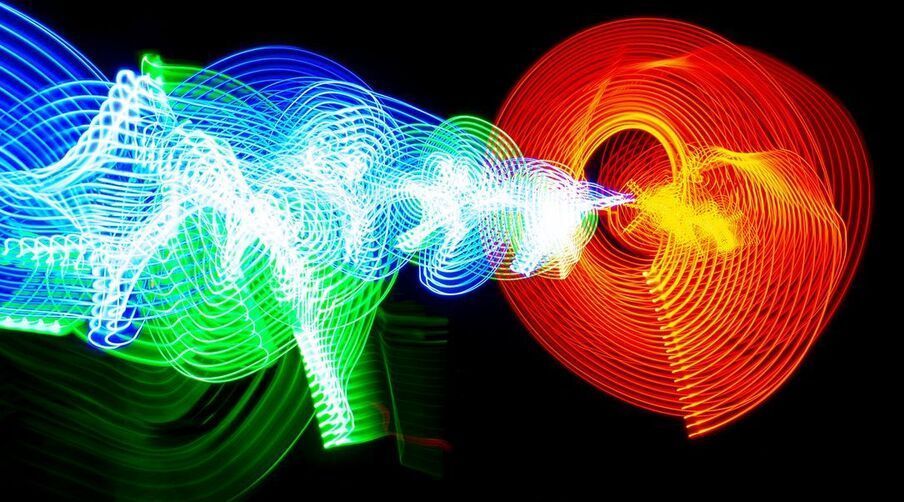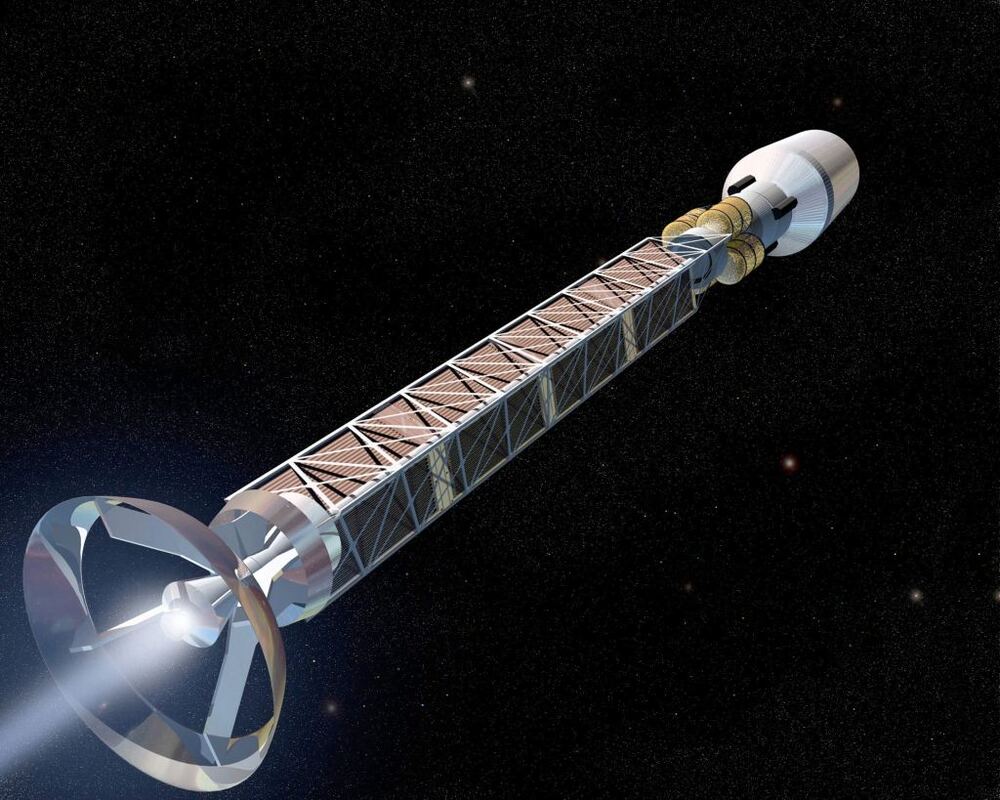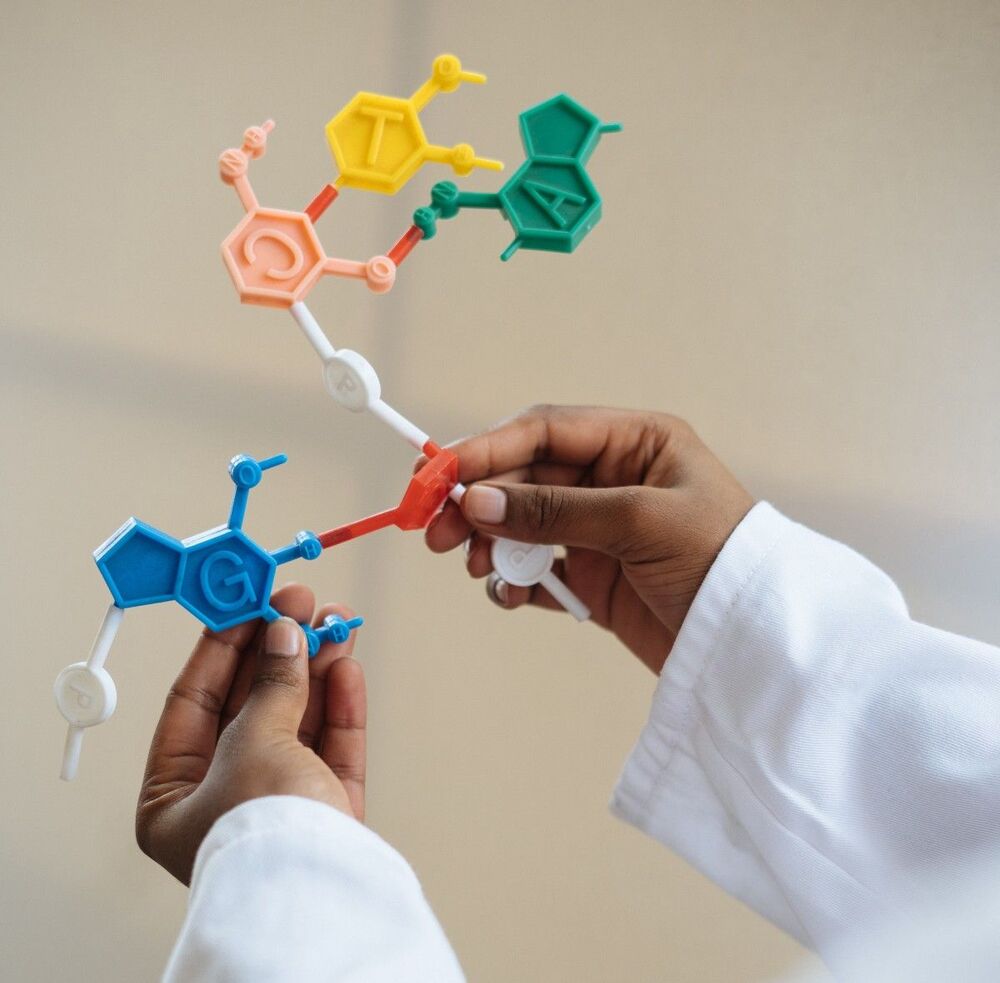Apr 7, 2021
These mobile, self-healing living robots were born from frog stem cells
Posted by Genevieve Klien in categories: bioengineering, biotech/medical, robotics/AI
Like something straight out of a pulpy sci-fi horror flick, researchers at Tufts University and the University of Vermont (UVM) have engineered a new generation of living robots they call Xenobots, which demonstrate cooperative swarm activity while collecting piles of micro particles.
Last year, this same team of scientists and biologists created tiny self-healing bio-machines that exhibited movement, payload pushing abilities, and a sort of hive mentality. The blueprints for creating these biological bots, which technically aren’t a typical robot or a catalogued animal species, but instead are more akin to a distinct class of unique artifact that acts as a living, programmable organism.
